24 Apr Triple Offset
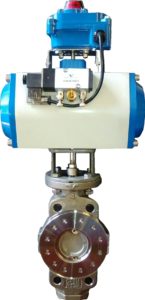
A Triple Offset Butterfly Valve features three distinct offsets. Two of the offsets apply to the placement of the shaft in relation to the centerline of bore and disc/seat sealing surfaces. The third offset is the design in the seat cone angle axis.
The geometric design of the sealing components is the third offset. Each sealing component is machined into an offset conical profile, yielding a right-angled cone. This ensures that stroking is friction-free throughout its operational cycle. Interaction occurs only at the ultimate point of closure, with the 90° angle functioning as a mechanical stop, leading to zero over travel of the disc seat.
How Triple Offset Valves are Made
Triple offset valves are manufactured by first casting their components and then assembling them. In assembling, a bearing is inserted. The bearing seals place the body in a horizontal position. Afterward, a disc is added onto it.
The shaft is inserted with a thrust plate from the bottom side. Then, the key is attached to the disc hub with a dowel pin to link it to the shaft. Next, the bracket and gear units are assembled and tightened with the bracket’s top flange to convert it into an assembled triple offset valve.
Materials Used to Make VF-8 Triple Offset Valves:
• The body and disc of the triple offset valve are made up of A216 Gr. WCB A351 Gr. CF8 A351 Gr. CF8M.
• Bushings are made up of stainless steel and seals are made by using graphite.
Butterfly Valves and Controls Uses for Triple Offset Valves
Butterfly valves and controls is the only firm in Taiwan, and one of just a few in Asia, that can provide triple-offset valves with:
• zero leakage
• fireproofing certified by ISO10497 / API 607
Triple value valves are appropriate for shutting down and controlling operations in industries such as:
• petroleum
• natural gas
• chemical
• refining
• energy
• electricity with ultra-low and high temperatures
• high pressures
• fire
• corrosion
• other extreme circumstances
Why Choose VF-8 Series Triple Offset Valves?
Following features and specifications make VF-8 series an ideal triple offset valve:
• Value Valves VF-8 Series has a one piece removable/repairable shaft and disc with internal spline drive, allowing the seat, disc, and stem to be removed for examination and ease of maintenance.
• The VF-8 Series Triple Offset butterfly valve has a graphite laminated seat or a solid metal seat.
• The seat laminated by graphite is bubble-tight and fireproof.
• Stellite 21 also called “seat in the body” design has a hardened disc edge overlay that hardens the sealing surface and extends its service life.
• Its life cycle is 50,000 cycles without any adjustments.
Specifications of VF-8 Series Triple Offset Valves
• Body Style: Wafer, Lug, Double Flange Type
• Pressure Rating: ANSI Class 150/300/600/900 lb
• Standard Dimensions: 4″48″ (100mm1200mm)
• Maximum Length: 136″ (3400mm)
• Temperature Range: Laminated Seat: -103 °F to 1022 °F (-75 °C to 550 °C), Solid Metal Seat: -321 °F to 1400 °F (-196 °C to 760 °C).
SIL- 3 VF-8 Series Triple Offset Valves
Safety Integrity Level is a measure of the probability of a safety system failing on demand. The greater the SIL level, the higher the safety level, the lesser probability of improper functioning.
SIL 4 systems are so sophisticated and expensive in the process industries that they are not economically feasible to adopt. In this case, a Butterfly Valve or Automated Butterfly Valve Package with a complete Standard SIL-3 rating using our RP series actuator with minimal or no cost increase is a rather affordable choice.
Benefits of Value Triple Offset Valves
• The ‘cam-action’ and ‘right-angled’ conical sealing design ensures that the metal sealing components are never in touch until the valve reaches its final degree of closing, resulting in reliable sealing and significantly prolonged valve life.
• Metal-to-metal sealing assures bubble-tight shut-off and zero-leakage performance.
• Suitable for hostile media i.e., the valve’s structure includes no elastomers or materials that are prone to corrosion.
• The geometric design of the sealing components allows for frictionless stroking across the valve. This increases valve life and allows for the use of a lower torque actuator.
• Because there are no voids between the sealing components, there is no clogging, little maintenance, and longer valve life.

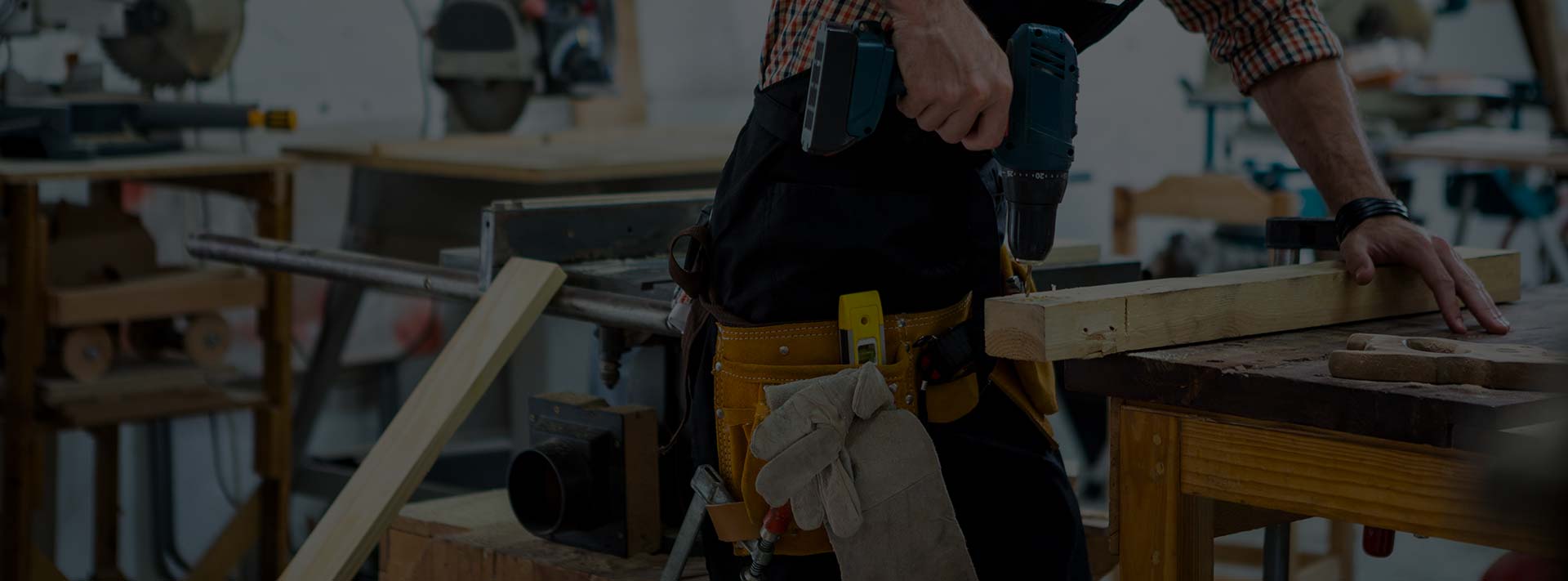

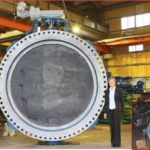
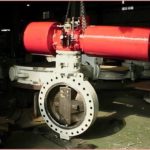
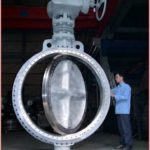
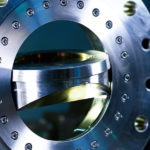
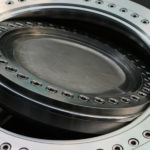
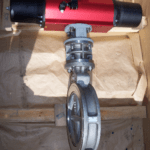
Sorry, the comment form is closed at this time.